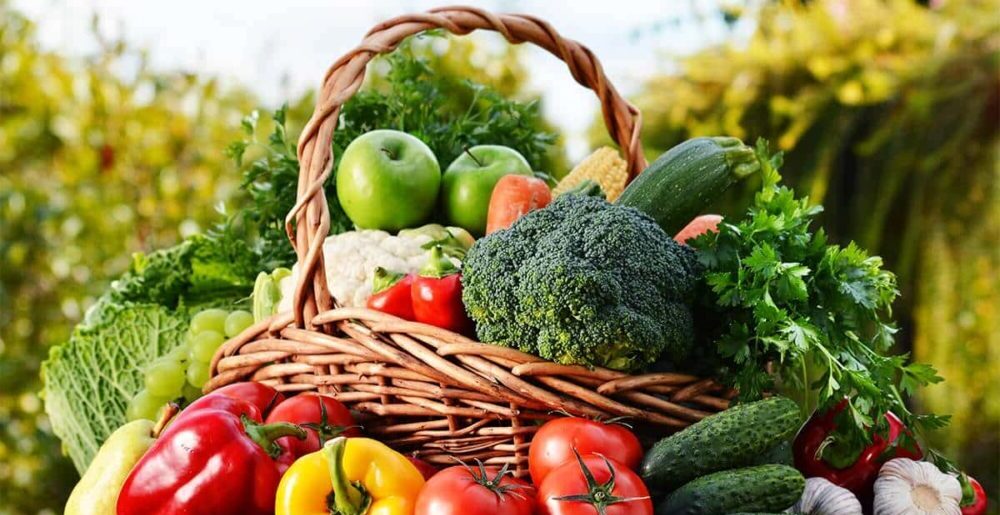Best vegetables for diabetes
Vegetables are rich in essential vitamins, fiber and nutrients that help manage blood sugar levels. To help you with your meal plan, we listed the top diabetes-friendly vegetables that you can include in your diet on a regular basis.
Broccoli
A cruciferous vegetable, broccoli is a rich source of essential nutrients that people with type 2 diabetes can benefit from. It is super low in calories, which is only 55 in a whole cup of serving. It is rich in 5 grams of fiber in only one cup. The presence of fiber in broccoli helps slow down digestion, a process that prevents blood sugar spikes. Broccoli is also a good source of vitamin K, vitamin C, chromium, and folate.
Spinach
This green leafy vegetable is one of the best food to eat while managing diabetes or blood sugar. It is also low in calories and high in essential nutrients. Its rich source of iron makes blood flow consistent and healthier. According to studies, spinach has membranes called thylakoids. These membranes help boost insulin sensitivity, one of the significant factors that help prevent type 2 diabetes.
Lettuce
Lettuce contains antioxidants that help reduce inflammation and fight free radicals in the body. It has only eight calories, 1.5 grams of carbohydrates, 1 gram of fiber, 0.6 grams of protein, and 0.1 grams of fat. What makes it safe for people with diabetes is its low glycemic index. Lettuce is also rich in iron, vitamin C, vitamin K, and magnesium. Additionally, lettuce helps in losing weight, which is a preventive measure for type 2 diabetes.
Carrots
A low GI score indicates that food is safe for people with diabetes to consume. One of this food is carrots, with only 41 glycemic index score. This vegetable is best for diabetes when consumed raw. It is rich in vitamin A and fiber. The presence of vitamin A in this non-starchy vegetable eliminates the risk of people developing diabetes complications, especially with the eyes.
Tomatoes
Tomatoes are a rich source of lycopene. It is a compound that lowers the risk of heart disease and certain types of cancer. Aside from these conditions, lycopene also aids in managing blood glucose levels. Its GI score is 15, classified under the low range and tagged as a perfect side dish for fiber-rich foods.
Asparagus
Asparagus is known for its anti-inflammatory and antioxidant properties that help reduce the risk of diabetes and cardiovascular complications. Medical professionals believe that asparagus has special properties that enhance the efficiency of insulin, which may lead to better glycemic control. Its GI score is 15.
Cauliflower
Cauliflower is a non-starchy vegetable. It is low in calories and carbohydrates. It is perfect for low-carb diets, which is essential for diabetes management. It is also rich in fiber, an active substance that helps slow down digestion and prevent blood sugar spikes.
Green peas
Green peas are a part of the legume family. It is similar to chickpeas, black beans, and lentils. They are a rich source of vitamin C, vitamin A, vitamin K, and vitamin B. They also contain minerals like iron, magnesium, calcium, zinc, copper, and potassium. Its active components, such as protein and fiber, help slow digestion and prevent hyperglycemia (high blood sugar).
Cucumber
Cucumbers are often noted as a superfood for diabetes and a great source of antioxidants. Some of the antioxidants present in cucumbers are flavonoids, triterpenes, and lignans. Cucumbers also keep the body hydrated with their rich amount of water and natural electrolytes. These properties also minimize the possibilities of hyperglycemia by acting as a strong hydrating agent.
Cabbage
This leafy vegetable is an excellent alternative to orange juice because of its rich source of vitamin C. It helps boost the immune system and keep the body protected from infections. Additionally, it is also rich in fiber, which slows digestion and prevents blood sugar spikes.


